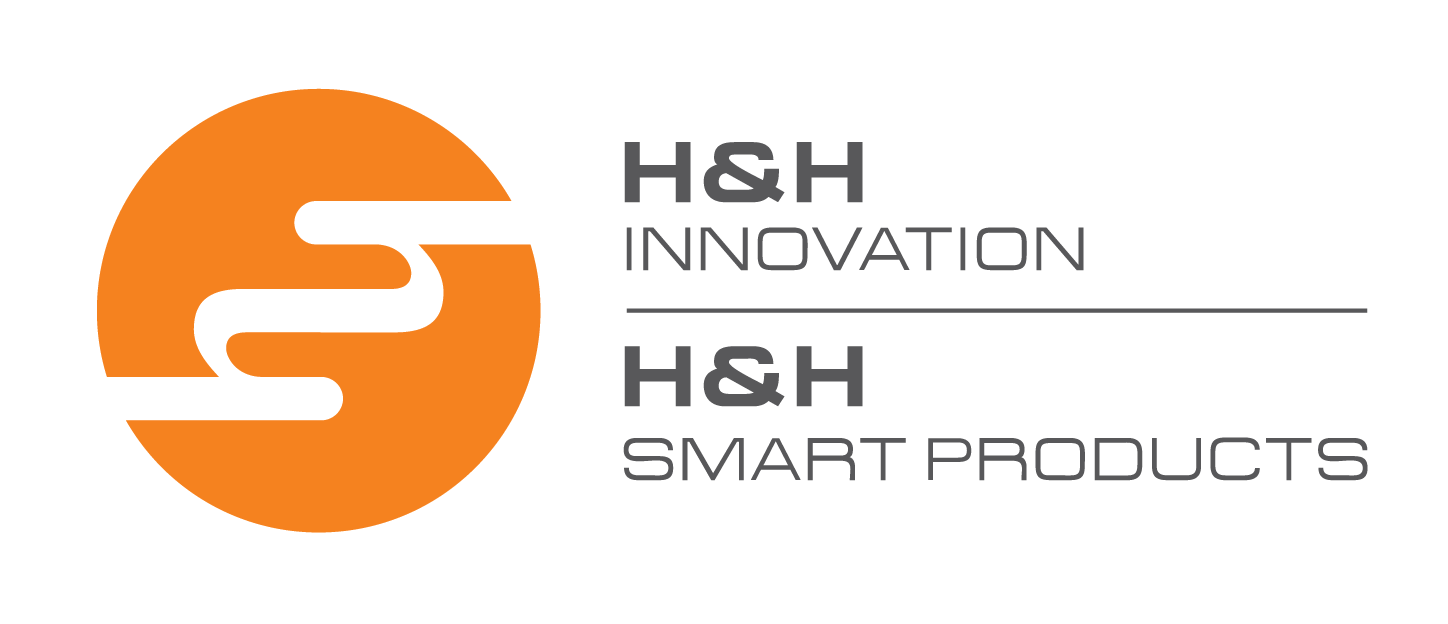Tiefziehen
Das Tiefziehen ermöglicht es, Teile mit einfacher Geometrie, wie Radhausschalen bei Kraftfahrzeugen, herzustellen.
Dabei wird eine Kunststoffplatte aus z.B. ABS, Polystyrol oder Polyäthylen mithilfe von Infrarotstrahlung in den thermoelastischen Bereich erhitzt und über eine Form gezogen. Damit die Kunststoffplatte sich auch perfekt in die Form fügt, benutzt man Bohrungen, durch die ein Unterdruck zwischen Form und Kunststoffplatte erzeugt werden kann.
Nach dem Abkühlen ist der Kunststoff fest und kann der Form entnommen werden.
Die Form können wir aus dem 3D CAD Modell erstellen. Dazu bauen wir im CAD ein Werkzeug, das die nötigen Entformschrägen und mögliche Hinterschnitte optimal berücksichtigt. Dieses kann dann anschließend gefräst werden.Meist verwendet man einen Modellbauwerkstoff, das schnell fräsbare Ureol. Für höhere Stückzahlen ist das Ureol jedoch ungeeignet. In diesem Fall gibt es die Möglichkeit eine Kunstharzform zu erstellen, mit der teilweise mehrere hundert Tiefziehvorgänge möglich sind. Meistens jedoch fräsen wir ein Werkzeug aus Aluminium, da dieses für Stückzahlen größer 1000 bzw. eine Serienproduktion geeignet ist.
Die Wandstärken liegen abhängig vom Werkstoff bei 0,1 mm bis ungefähr 50 mm.
Ob Sie nur einen oder sehr viele Prototypen benötigen, das Tiefziehen ist eine kostengünstige Alternative, insbesondere für große Teile.

